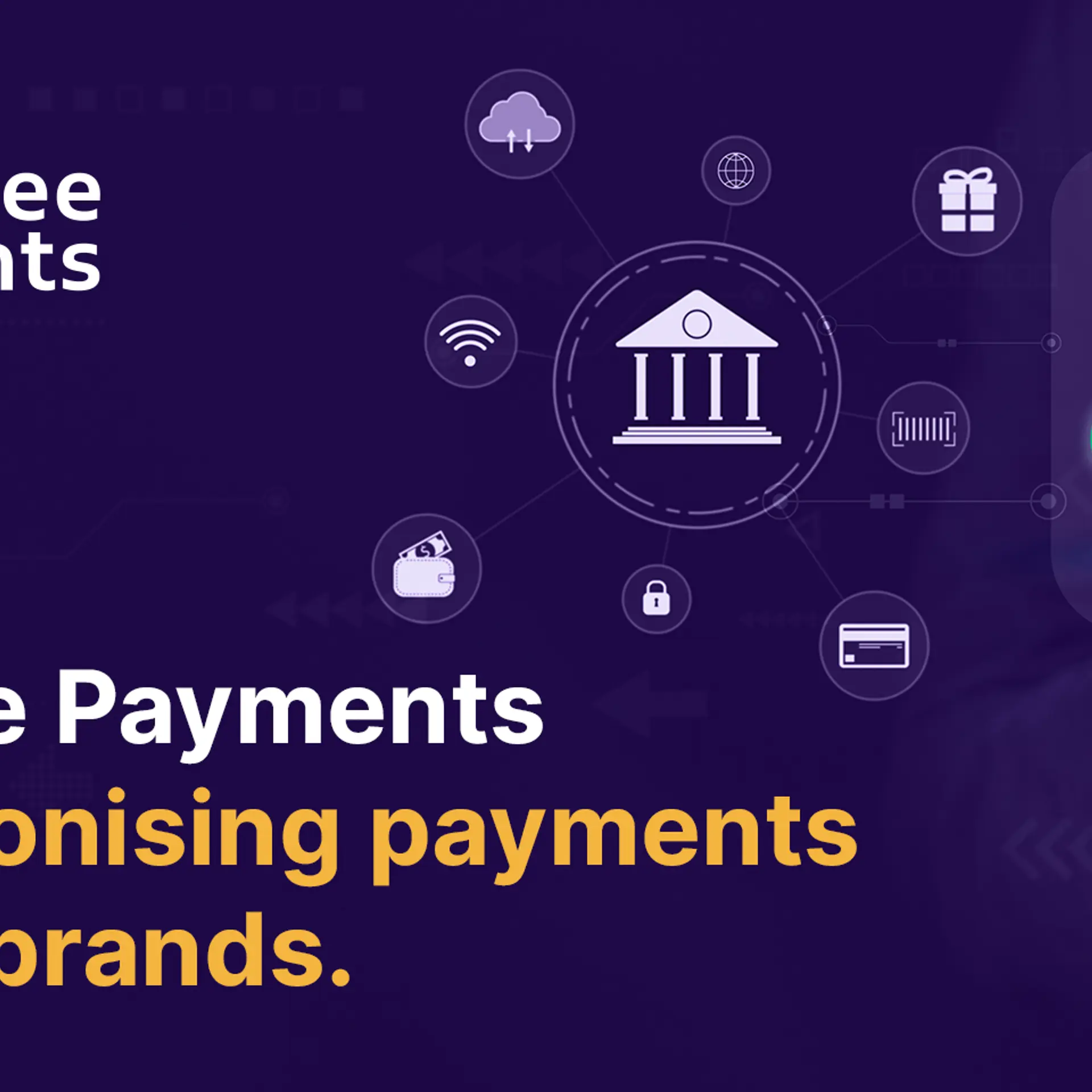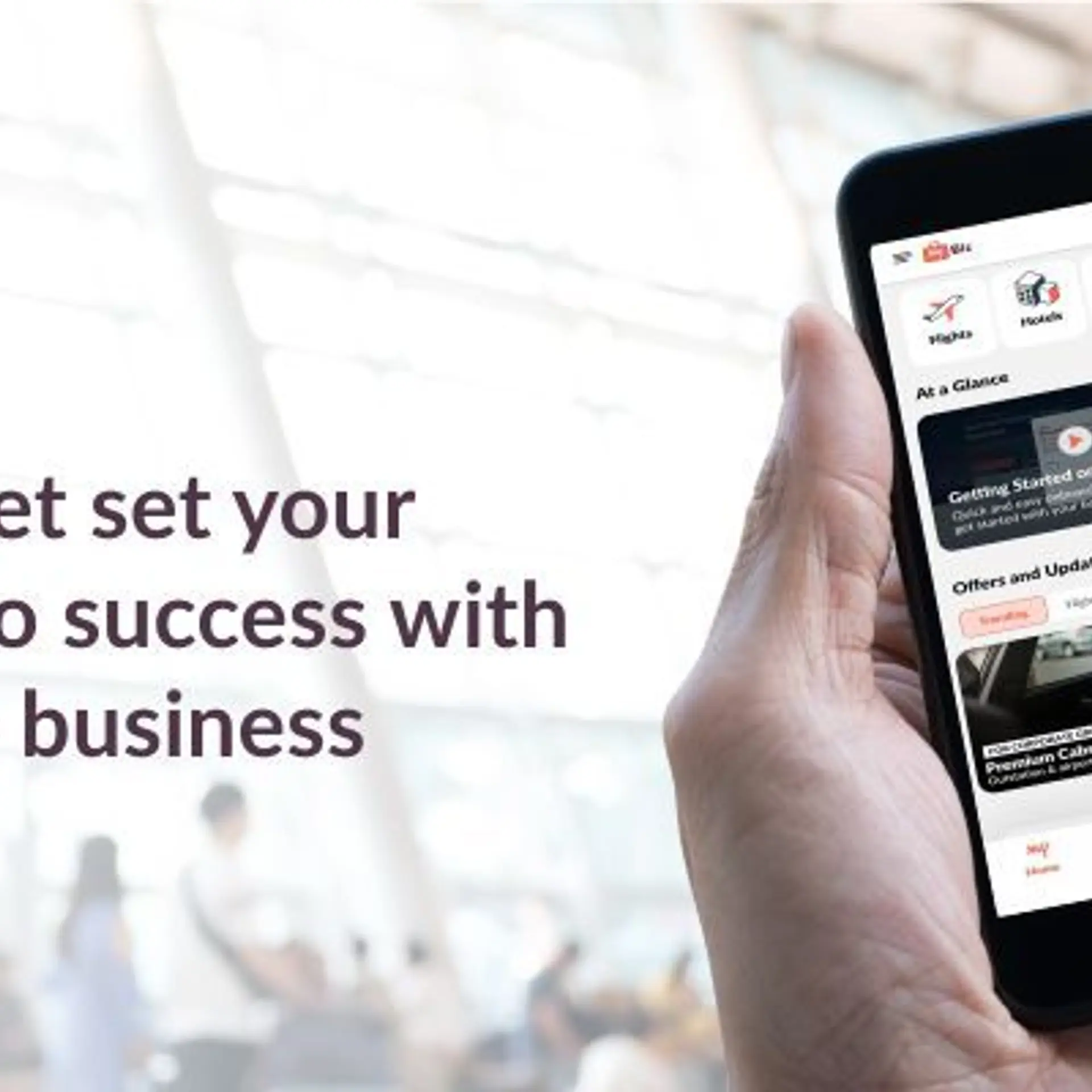
Cisco
View Brand PublisherDigitally yours: how SMEs can drive customer loyalty with technology
What makes a customer loyal to a brand or a business?
Quite simply, a ‘wow’ experience every time they deal with you. Be it to make an enquiry, make a purchase, or report a complaint. If they enjoy the experience of dealing with you, they’ll keep coming back.
So how can you, as a business, make sure that they have a consistent experience every single time so that they’re prompted to come back to you (or even recommend you to someone they know)? After all, most people tend to talk about a bad experience far more than a good one. A bad experience also tends to be remembered for a much longer time than a good one.[1] If you think the odds are stacked against you, well, they might be but that doesn’t mean you can’t beat them.
Know your customers better
You can’t deliver a superior customer experience if you don’t know much about your customer in the first place. Getting to know your customer through conversations and in-person interactions is rewarding, but also consumes a lot of time and effort because you can’t afford to probe too much in a short span of time. This is where technology makes all the difference.

Once your business is digital, you can deploy analytics solutions that collect this data – and more importantly, analyse it for you – so that you know everything you need to make your customer feel special. When you have a smart analytics solution in place and a customer makes contact, you will instantly know who they are, what they’ve bought from you earlier, why they might be calling you now and what their next purchase might be. With all this information at your fingertips, making the customer feel special becomes a lot easier and can be done in real-time.
[Also read: Why it’s time for SMEs to get a digital makeover]
Why analytics?
Imagine yourself as a customer. Wouldn’t it be great if a hotel you stayed at regularly knew that you preferred a non-smoking floor? Or if your travel agent (or airline, or bus booking platform) knew that you preferred an aisle seat and made sure you got one? If a clothing store you’ve shopped at sends you updates on their new plus-size collections instead of skinny fit ones? If you’re dealing with a supplier or vendor and have been placing regular orders, wouldn’t it be great to know they’ll have your regular items in stock when you need it and not after 10 days? In the B2C space, customers are already getting used to same-day or 24-hour delivery cycles; needless to say, a shorter fulfilment cycle is creeping into many B2B areas as well.
A few decades back, the savvier proprietors of small businesses were able to personalise an experience based on their regular interaction with their regular customers. It also meant that the personalisation was limited to a small neighbourhood or region and therefore not scalable, at least not in the short term.
The answer is analytics, which can be used for a wide range of reasons. But their real value lies in helping you understand your customer really well. A solid understanding of your customer then helps you make other decisions more confidently – from pricing and inventory management (something that SMEs often struggle with optimising) to discounts, offers and how to time each of these.
Using data and analytics, organizations can identify who is using a solution, what needs to be improved upon or what actions need to be taken to encourage adoption and success. They can then take steps to engage effectively with the customer, through an online portal or dashboard, automated tools or other forms of communications (based on customer preference), along with face-to-face business review meetings. It is the combination of these manual and automated activities that fuels the organization’s ability to reach out to the right customer at the right time — with a personalized message or offer. This, in turn, builds trust.
And only through trust, in tandem with customer health, will the renewal become a non-event, because everything to win the customer’s continued business has been performed in lockstep with their expectations up to that point in time.
The collection, automation and scale of data and analytics enable providers to optimize the way they serve their customers. When the entire customer journey can be connected through data and analytics, companies and their partners can work together to create the best customer experience possible. With smarter and more strategic customer engagement processes in place, organizations and their partners can not only strengthen adoption, but also elevate customer retention and increase customer lifetime value, which are the keys to success in the new economy.
Richer customer engagement
Analytics drive business outcomes. They increase operational output while improving operational performance and agent efficiency, combined with an ability to see all interactions from one single pane of glass. Together, this drives up revenue with greater actionable insight from customer profiling and best next action.
Further, analytics help to reduce customer effort, simplify engagement and increase personalisation through improved routing decisions, not just in voice interactions but across all customer contact channels. As a result, Cisco clients are seeing a measurable improvement in customer experience that is driving loyalty.
Getting started with analytics
The first step is to figure out what your customers have been doing when they interact with you. This is where descriptive analytics help you out. In simple terms, it takes the available data and analyses it to show you patterns, trends and anomalies. This is important because you can learn from your customers’ past behaviours and figure out how this can be used to influence the future.
For instance, Cisco’s Unified Workforce Optimisation solution is a tool which is helping clients achieve new levels in optimisation at their workplaces, by analysing experience patterns to identify key outliers and observe population trends. This, in turn, helps highlight inefficient systems and processes and also issues of customer satisfaction. Solutions such as Cisco’s Tetration Analytics Platform also give businesses complete visibility across the entire data centre by displaying accurate information in an easy-to-understand visual format in real time, allowing them to be more agile.
The next step is using predictive analytics – this step helps you predict what might happen by analysing current data. Which means that even if you don’t have all the data you need, the analytics solution will evaluate probabilities and give you insights into your business that you can act upon immediately.
The Tetration platform can help users simulate “what if” scenarios. For example, a company could run a simulation to understand the impact of a change to an application or simulate policies before implementing them. This can be also act as a boon when it comes to dealing with operational issues such as preventing security threats from taking place, planning for the future and implementing a zero trust security model.
The most advanced (and still evolving) is prescriptive analytics – here, the analysis quantifies the effect of different courses of action, so that as a decision maker, you can assess the best one and make effective business decisions.
Take the plunge
While the terms may seem like complex, the solutions available today are elegant and effortless. The best way to leverage analytics would be to make sure you have a single platform for all your analytics, be it customer-facing or at the back-end. It should also be one that you can expand easily as your business does with only incremental pay-as-you-go charges as opposed to having to invest in a new platform altogether. More importantly, it also means that you don’t have to sift through multiple sources of fragmented data to get a clear picture.
[1]69% of consumers will share their bad support experiences with others, and these experiences linger 1.2 times longer than good ones. SOURCE:https://www.cisco.com/c/dam/assets/sol/digital-solutions/customer-experience-retail-infographic1.pdf







